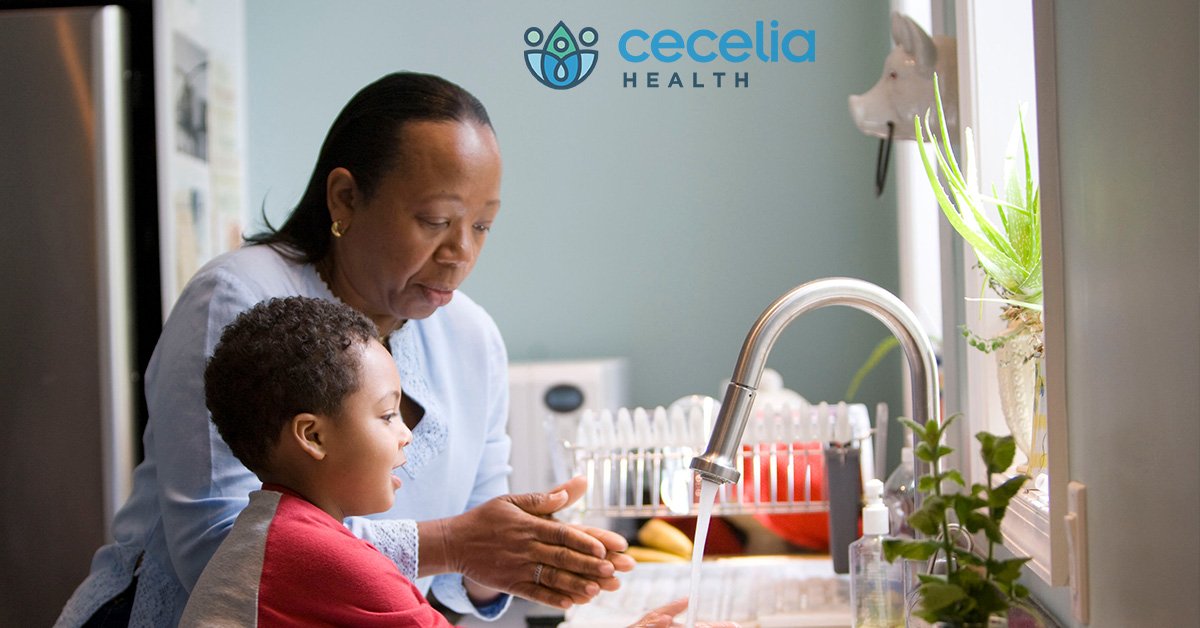According to the New York Times, thousands of new Coronavirus (COVID-19) cases are being identified every day in the United States. Alarmingly, the numbers vary all over the world. Whether or not you live in an area with an outbreak or have traveled from an effected area, it is important to know the signs, symptoms and preventative hygiene strategies.
COVID-19 is a respiratory illness that can spread from person to person. The severity can range from respiratory cold symptoms to death. Symptoms may appear 2-14 days after exposure and can include:
- Fever (100.4 degrees Fahrenheit/38 degrees Celsius or higher)
- Cough
- Shortness of Breath
If you have traveled to an area with an outbreak or have been exposed to someone who has been diagnosed, it is important to stay home for the next 14 days. Do not go to work or school for this 14 day period. Avoid public transportation including taxis or ride-shares. Limit public activities and keep a physical distance from others of about 6 feet or 2 meters. Monitor health closely by checking body temperature two times per day and watch for symptoms.
It is important to note that if when feeling sick, have a fever, cough or trouble breathing:
- Call head before going to a doctor’s office or emergency room.
- Tell the doctor about any recent travel, exposure or symptoms.
- Avoid contact with others.
- Do not continue to travel.
Older adults and people with underlying chronic medical conditions including diabetes, heart disease or lung disease seem to be at a higher risk for developing serious complications from COVID-19. Take the necessary steps to protect yourself.
- Clean hands often. Wash hands with soap and water for at least 20 seconds after being in a public place or coughing/sneezing. As a last resort, if soap and water are not readily available, use a hand sanitizer that contains at least 60% alcohol. Be sure to cover all surfaces of both hands and rub them together until they feel dry. The dwell time and friction is needed in order for it to be effective.
- Avoid close contact with people who are sick. Put distance between yourself and others who are at higher risk of getting sick such as those with autoimmune disease, pregnant women, young children and the elderly.
- Cover coughs and sneezes with a tissue or the inside of the elbow. Throw all used tissues in the trash. Immediately wash hands with soap and water for at least 20 seconds afterwards.
- Clean frequently touched surfaces daily. This includes tables, doorknobs, light switches, countertops, handles, desks, phones, keyboards, toilets, faucets and sinks. Use a high density, quality microfiber cloth to remove microscopic particles from the surface and a safe detergent or soap with water for cleaning dirty surfaces.
Cleaning refers to the removal of germs, dirt and impurities form surfaces to lower the risk of spreading infection.
Disinfecting refers to using chemicals to kill germs on non-porous surfaces. It will not necessarily kill or remove all germs as manufacture labeling is very important to follow for chemical products.
Safe Tips for Disinfecting and Cleaning
- Do not mix any of the following combinations, as they may be deadly.
- Bleach + Ammonia (produces toxic gas – chloramine)
- Bleach + Vinegar (produces chlorine gas)
- Bleach + Rubbing Alcohol (produces highly toxic – chloroform)
- Hydrogen Peroxide + Vinegar (produces peroxyacetic acid – corrosive)
- Wear disposable gloves when using chemicals to disinfect surfaces or handling dirty laundry.
- Follow manufacturer’s instructions for application and proper ventilation.
- For soft (porous) surfaces such as carpet or drapes, remove visible contamination and clean with proper cleansers. Then launder as appropriate using the warmest water allowable and drying completely.
COVID-19 is a rapidly evolving situation and information is updated as it is available. This article is not to be substituted for medical advice. Please refer to your health care provider and appropriate resources from the Centers for Disease Control and Prevention for the most current and relevant information.
References:
